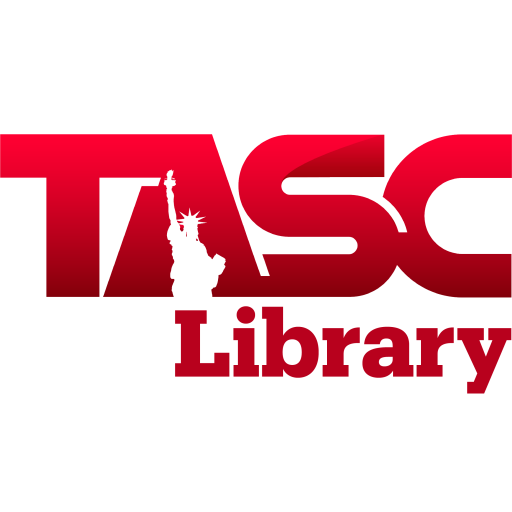Facts and Discussion Points in the Armenian Allegations
By Ayhan Ozer*
Armenian Terrorism
On 27 January 1973, the Armenians in the United States as well as around the world launched a brutal terrorism campaign against the Turks and the Turkish institutions to validate forcibly a mythical genocide believed only by themselves. through boold-shed and violence. That day, an old Armenian man by the name Yanikian invited two Turkish diplomats from the Los Angeles Consulate to a luncheon in Santa Barbara. It turned out that the invitation was a dastardly ambush; he killed both diplomats brutally in the retaurant. For two decades this senseless terrorism claimed the lives of more than seventy Turkish diplomats (four in the U.S.) and their family members, and maimed and wounded several innocent by-standers in the carnage staged by the Armenians all over the world. The Armenian terrorists, mostly drop-outs from Middle Eastern terrorism, recognize no boundary to their savage operations. They even carried the terror to the college campuses, ravishing the sanctified atmosphere of the higher-learning institutions. The American historians who refused to share the distorted Armenian version of history were targeted for harassment and threat. The Turkish History professor Stanford Shaw of U.C.L.A. was one of them, and on October 3, 1977, the Armenian bullies threw a bomb, and blew up the front portion of his house. He and his family had to leave the campus under a death threat.
A closing paragraph can go as follows: Today, the Armenians are counting on the scant sense of history of people. They rely on the war-time propaganda materials long refuted by the U.S., the British and the French authorities; and on yellow journalism, fictions as well as add-on stories. They have romanticised their history and embroidered the truth. The Armenians obstinately ignore or refuse to believe the preponderence of evidence that shatters their mythical convictions.
U.N. Report
When the Holocaust Council was formed in 1980, the Armenians were represented by Seth Moomjian, a first-generation Armenian-American whose parents had been orphaned in 1915 in Turkey. Moomjian served as an adviser to President Carter, a representative to the United Nations, and also a White House representative to the United Nations Human Rights Commission! In 1980, Moomjian pledged $1,000,000 to the Holocaust Museum. However, on September 24, 1981 he backed down on this pledge, and offered instead a payment of $100,000. For a long time no money was forthcoming. When in December 1988 an earthquake devastated Armenian Republic the Armenian community grabbed this event as an excuse not to fulfill its pledge, they claimed that the earthquake victims needed money. As a result only part of the pledge was fulfilled.
In 1990 a report was prepared by Benjamin Whitaker, an obscure U.N. reporter, repeating the familiar allegations plied by the Armenians “the tragic events during the First World War involving the Armenians in the Ottoman Empire constituted the first case of genocide in the 20th century.” Obviously, this distorted version of history had been spoon-fed to that reporter by some Armenians, whose names figured prominently in the prologue of the Report for recognition. Apparently, Mr. Seth Moomjian was behind this scheme, as he carried the impressive title of “White House Representative to the United Nations Human Rights Commission” using his influence he had that Mr. Whitaker prepare this Report. Like all Armenian falsehoods, it was far from being a serious work, and the U.N. had nothing to do with it. It was a private venture undertaken by a mercenary to play into the hands of the Armenians in their wicked ethnic politics venture. The purpose was to use insidiously the name of the U.N. to invest the Report with a certain authenticity. Historically, the Armenians have had no qualm to validate their spurious allegations; they can desecrate the truth, or corrupt venerated institutions, be it the U.N., the schools, the universities, or the U.S. Congress.
During the 35th session of the Commission on Human Rights there was a pressure brought to bear on the U.N. Economic and Social Council for the inclusion of a paragraph to that effect in the Sub-Commission’s study of “The Question of the Prevention and Punishment of the Crime of Genocide”. The Human Rights Sub-Commission rightly resisted such efforts during its deliberations, and refused to transmit it to the higher Human Rights Commission mainly because the contention was not based on historical facts, but rather on malicious propaganda and fabrications. As it has been pointed out by the independent observers, eminent history professors and the archival materials, those tragic events were part of an upheaval created by the Armenians amidst a world conflagration. The Armenian riots, betrayals and treachery aggravated these conditions and turned it into a civil war within a global war.
Given the spurious nature of that Report, the United Nations took a right action with respect to this report to protect its universally accepted ideals and lofty principles from diminishing in a petty ethnic politics.
The Armenians, counting on the short memory of the people, keep heating up this old dish and try to foist it upon the public as a truth.
* Ayhan Ozer is an engineer by profession; he holds an MSc degree from the Technical University of Istanbul.

